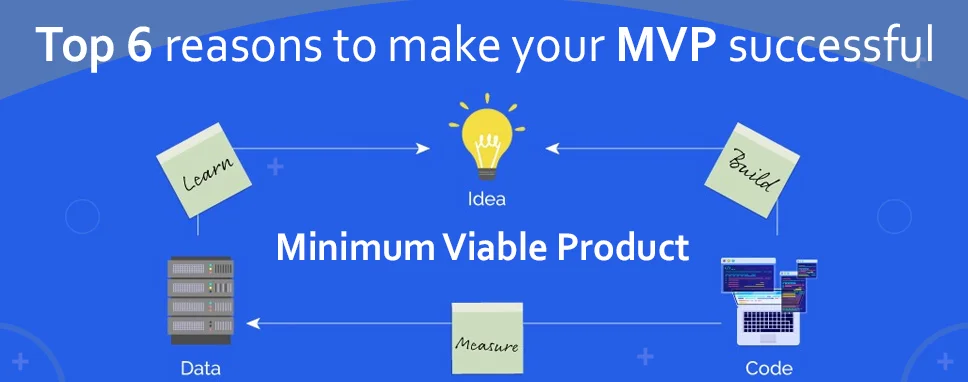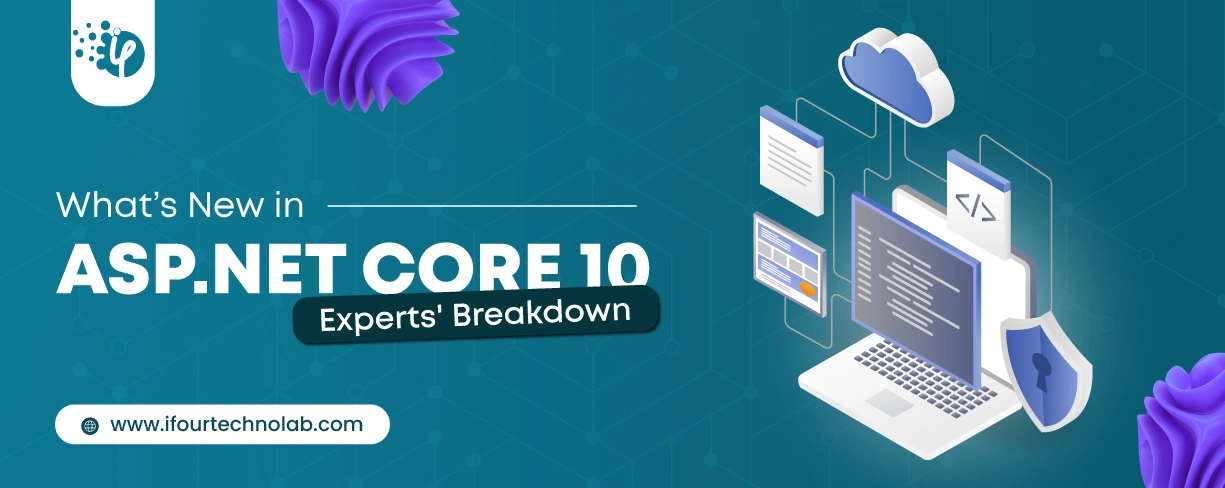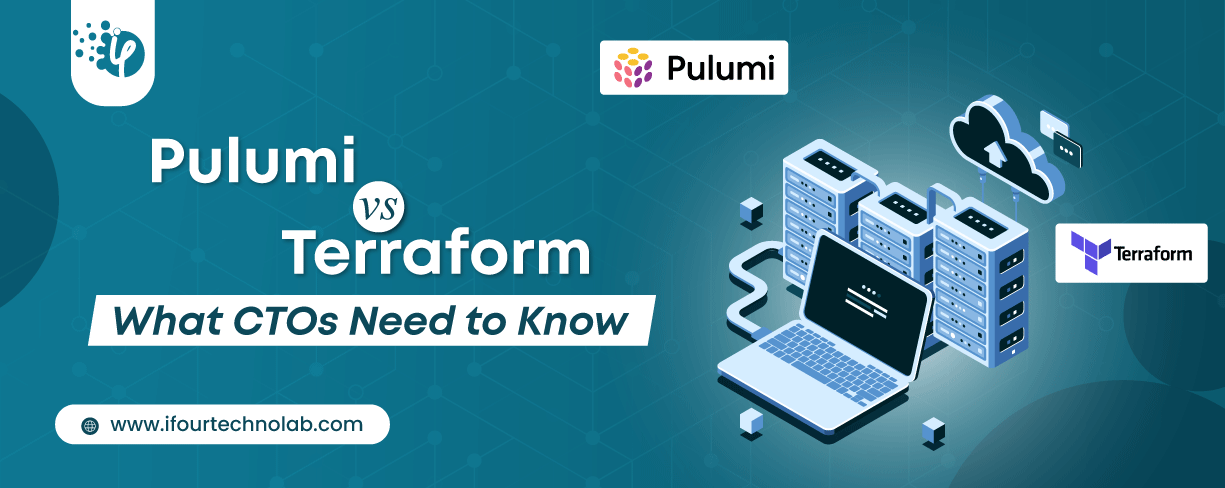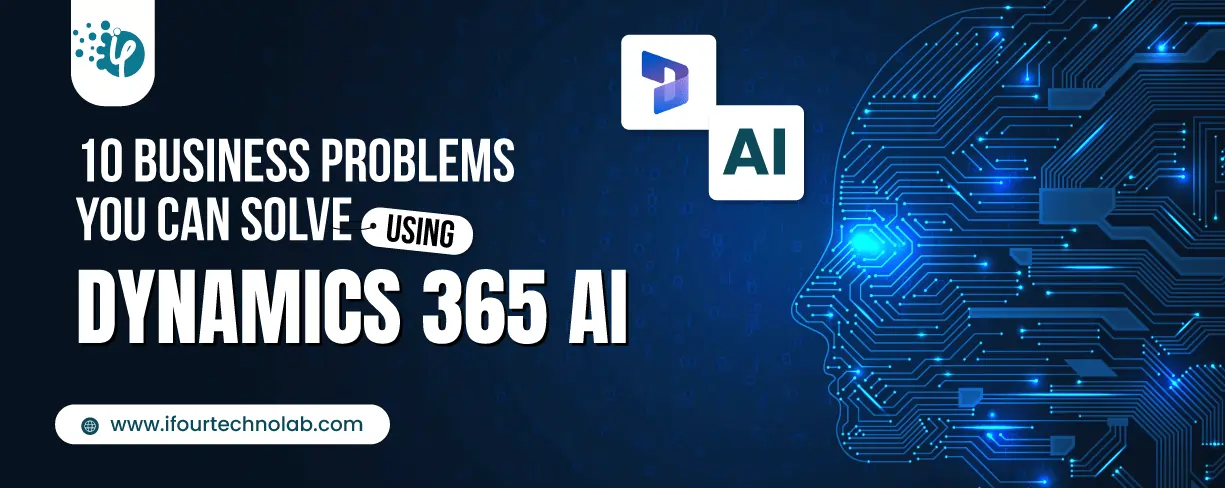What’s New in ASP.NET Core 10 – Key Features & Expert Insights
Microsoft has rolled out .NET Core 10.0 and brought some exciting updates that make custom software development more secure and efficient. The main focus of this update was on making...
Listening is fun too.
Straighten your back and cherish with coffee - PLAY !

You might have seen so many apps that rushed into our lives and swiftly gained magnifying popularity. Examples of such apps are Uber, and Instagram which have millions of users today. The reason for their success is that they have followed a proper strategy and focused on building simplified features. You can see thousands of products get fail despite brilliant ideas in the market. It is just because they neglect the MVP strategy and user feedback.
MVP strategy plays a magnificent role in product success. It will help you to achieve your target customers and improve your product or software based on user reviews.
Today, in this blog, we will throw light on the actual reasons to make your MVP successful.
“MVP is a great solution and will definitely succeed if business owners stop concentrating on just getting the product and building it with the minimum functionalities only. So, first of all, you should remove the traditional reductive thinking. If you do that, this is the first step towards the success of your MVP. Other important factors include:
Companies should be prone to building MVP for testing reasons and actually think of building the complete product based on their experience in MVP. Companies should understand which are the top priorities that they should consider, hence test and build the MVP for specifically testing those priorities.
Companies should have a complete overview of their product and what they want out of it at the end of the day.”
Srbuhi Avetisyan, Business Development Specialist at CodeRiders
“MVP is the best way to test out a product will work correctly or not. It may succeed if the most important features are added and there is a need or market for your product that you are creating. This applies to your own projects or client. From a client perspective with MVP they can start using the product and see if it will really work for them, in this case, you can decide what features will be needed to add next. I would suggest launching every project in MVP and convince also your clients of this strategy.”
- Kaspars Milbergs, CTO at On The Map, Inc
“Top reasons why your MVP may succeed: A minimum viable product is simplistic by nature: As a result, it can stand out in a competitive, chaotic, or complex market. I experienced this firsthand when I launched Good, Cheap, and Fast. The original version of the site was published anonymously and in plain text. Nevertheless, it hit the front-page of Hacker News and was profiled in Fast Company.
I thought that developing the idea would result in additional media coverage. Only later did I realize that the coverage that I received was a byproduct of the MVP's excessive simplicity.”
- John W. DeFeo, Founder of Good, Cheap and Fast
“As a business owner who launched an MVP (review platform for cloud communication providers) when I first started out; your MVP may succeed if:
*Commit yourself to learn. * Put your ego aside and be ready to change almost everything if the feedback you get demands it. No matter how brilliant your idea, it will never get off the ground if users do not like it.
*Spend just enough. An MVP should not bankrupt you*. Spend the minimum amount of money possible. Save the money for later iterations that require large investments to guarantee the inclusion of all the features.”
- Reuben Yonatan, CEO of GetVoIP
“I knew my MVP would succeed because I had approval in the marketplace initially. I first published my marketing templates (professionally designed by me) and sent them out to my email list to see if people would like them. I sent out an initial sample of 4 professionally designed pitch deck kits to see if there was interest. I sold a few dozens of the initial MVP, so I created more templates and then offered them up on Creative Market— and have sold over 1000 units there.
When the pandemic started, I realized there's a larger need for marketing and design templates for new businesses & entrepreneurs. Thus, I started Template Monkey to create greater product reach and have more control of the full process (something I didn't have with Creative Market).
I took the initial MVP products and started offering them on Template Monkey.”
Emelina Spinelli, Founder of Template Monkey
“To improve chances for a successful MVP, we should try to build a product looking at the people’s interests. How do we achieve this level of success? By trying to find a problem or issue that is large enough that the market (i.e., the people that may buy your product) will respond and give you, the developer, validation. People buy things to either satisfy their pleasure or to avoid pain and inconvenience. Many of the most successful products on the market solve problems with enough scale to power the MVP and company to success.
In general, people expect software products and applications to work as advertised, be reasonably easy to understand and operate and be able to evolve and improve over time. Founders or developers that understand that their software products and MVPs don't have to be perfect get it. You can improve your MVP's chances of success by investing time and energy into understanding the problem you're trying to solve and working to ensure that you've attempted to solve the problem with a good user interface and good user experience. Today, in 2020 users of software applications have high standards and expect applications to work well, even when they're free.
Your MVP can succeed if you do your due diligence by understanding the problem you're trying to solve, the market, your buyer, and what you think they want. Your ideas and MVP need to be validated by getting your MVP out there for people to try, get user feedback, and then work to resolve people's concerns and problems. Most reasonable people will give you time to resolve your issues but not unlimited time. Sometimes you have to interpret what people tell you and read between the lines.”
- Steve Smith, CEO at Consumer Affinity, Inc.
“The top reason an MVP succeeds is that it actually solves the problem and does it without complicating the issue. There are many people who approach MVPs with the best intentions, but once they actually begin prototyping, designing, and iterating it becomes over-complicated and bloated in ways they don't even realize.
This hurts user adoption and ultimately defeats the purpose of an MVP!
Keep it simple and make sure the MVP fully reaches 1 single goal: it solves the user’s problem without getting in the way.”
- Andrew Maule, Digital Marketing Manager at CodeSigningStorey
“The top reasons I believe we have succeeded so far were 1) having active users engaging with the technology; 2) connecting with our beta testers and getting robust and regular feedback from them. This allowed us to find not only 1) which features were most useful but also 2) which features the future users will/may want.”
- Geeta Verma, Founder of Livex.org
MVP is one of the crucial factors that helps to gain early success for any app or product. Following this strategy would not only save considerable time but also help you to learn the features which the users are exactly looking for. Here, in this blog, we have learned about the top reasons to make your MVP successful. This blog would certainly help you in deciding what factors you should go with and what not to keep your product stable.

Microsoft has rolled out .NET Core 10.0 and brought some exciting updates that make custom software development more secure and efficient. The main focus of this update was on making...

Automation isn’t just a trend anymore. It’s a must-have for any business relying on the Cloud. As the firm grows, cloud infrastructure gets more complex. So, choosing the right Infrastructure...

Did you know 89% of employees feel happier and more engaged when AI and automation handle repetitive tasks? MS 365 Copilot makes this possible. Microsoft Dynamics 365 AI addresses...